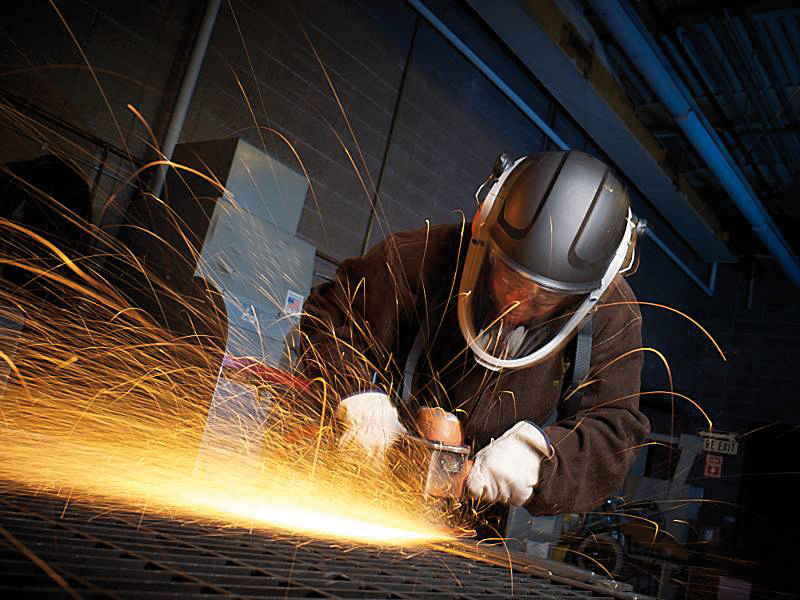How to Choose a Grit When Working with Abrasives
Choosing the right grit for your abrasive is crucial in achieving the desired finish on any project, whether it’s wood sanding, metal grinding, or polishing. The grit of an abrasive determines its cutting ability and the smoothness of the finish. Here’s a guide on how to select the appropriate grit for your abrasive tasks.
What Is Grit?
Grit refers to the size of the abrasive particles on the sanding surface. It is typically measured on a scale that ranges from very coarse to ultra-fine. The higher the grit number, the finer the abrasive particles, and the smoother the finish.
Common Grit Sizes and Their Uses
- Coarse Grit (24 to 36)
- Uses: Removal of heavy material, stripping old finishes, and leveling uneven surfaces.
- Application: Ideal for initial sanding of rough wood, removing rust from metal, or preparing surfaces for painting.
- Medium Grit (60 to 80)
- Uses: Smoothing rough surfaces, removing small imperfections, and preparing surfaces for finishing.
- Application: Suitable for second sanding passes, feathering out edges, or preparing surfaces for a final finish coat.
- Fine Grit (100 to 120)
- Uses: Final surface smoothing, removing scratches from coarser grits, and preparing for staining.
- Application: Best for finishing sanding wood surfaces, achieving a smooth finish before applying paint or varnish.
- Very Fine Grit (150 to 220)
- Uses: Preparing surfaces for final coats of finish, smoothing between coats of paint or varnish.
- Application: Ideal for light sanding between finish coats or polishing metals and plastics.
- Ultra-Fine Grit (320 and above)
- Uses: Polishing and buffing, achieving a high-gloss finish.
- Application: Used in metalworking, automotive finishing, and polishing glass or acrylic.
Factors to Consider When Choosing Grit
- Material: Different materials require different grit levels. Soft materials like pine or soft metals require finer grits, while harder materials like oak or steel may require coarser grits for effective sanding.
- Stage of Sanding: Initial sanding typically requires coarser grits to remove material quickly, while finishing sanding requires finer grits to smooth out the surface.
- Desired Finish: The final appearance of the surface also determines the grit choice. Coarser grits will leave a rougher finish, while finer grits will achieve a smooth, polished look.
Quick Tips for Selecting the Right Grit
- Start with a coarser grit for heavy removal and move to finer grits for finishing.
- Match the grit to the material hardness. Harder materials need coarser grits, while softer materials need finer grits.
- Use progressively finer grits for a smooth, polished finish.
Conclusion
Choosing the right grit is essential for any abrasive task. By understanding the different grit sizes and their applications, you can achieve the perfect finish for your project. Remember to always start with the coarser grits for heavy removal and work your way to finer grits for finishing touches.




LEAVE A COMMENT